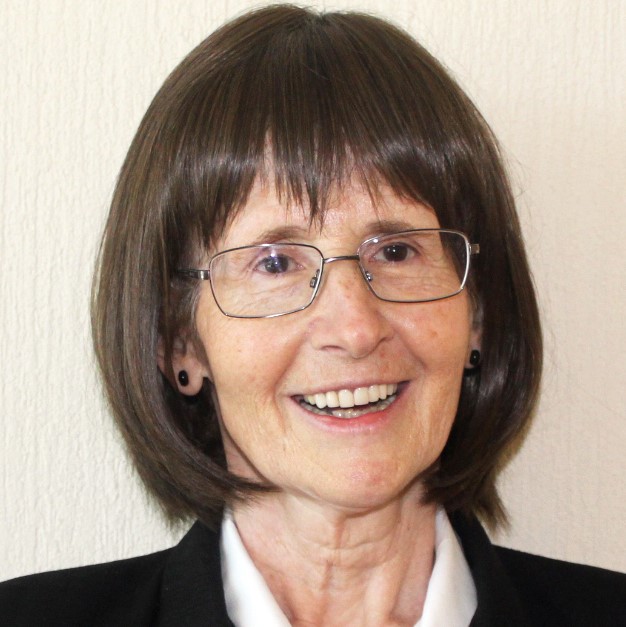Marija Strojnik
Optical Research Center, MexicoFor serving the optical community with the highest distinction in developing optical instrumentation primarily for space exploration, teaching, and for editorial duties to the optical journals and publications.

“Optics is exciting. Optics is everywhere, and I am very happy to have chosen it as my field of research and life-long profession.”
Marija Strojnik’s favorite part of the research process is “To boldly go where no human has gone before; where others have gotten lost; where others have committed errors; where others had eyes, but they did not see,” she says. She adds that her most exciting achievement - to date - was her development of autonomous navigation with an intelligent camera and on-board star catalogue, used on the Cassini Mission (a collaboration between NASA, the European Space Agency, and the Italian Space Agency to study Saturn and its system) and later, on other space probes and satellites, for correct star-field identification for orientation and position in inertial space.
Marija comes from a long line of engineers, so she remembers that it was always her plan to be in the scientific field. Although she faced challenges from others, including her family, she persisted. Growing up, she inherited everything from her brother, including his shoes, but not the erector set that she really wanted. Instead, she was given a doll. This inspired her to read, and she prepared a talk about fission and fusion at the end of sixth grade after being given a book on the atom. A few years later, she studied a book about radiation, learning about several things including color mixing and the sun. She built model planes and boats and served as her father’s all-around engineering assistant.
She says it was difficult to be either the only woman or one of a very few women during her college years and in her early life. She believes that her perseverance led her to where she is today. While she did not have a specific mentor, she feels that mentorship is something that happens naturally between a dedicated pupil and a professor who is generous with their knowledge and time.
Currently, Marija is distinguished professor (a rank above full professor) at the Optical Research Center in Mexico. Her work focuses on infrared radiation and its interaction with matter. Her favorite project is “building a rotational-shearing interferometer for the detection of a planet outside our solar system, (exo-planet) and demonstrating its performance.” She says that her research “causally, uniquely, and immediately relates detected signal with the existence of an exo-planet.”
She is excited about the future of the field, especially about the reports that NASA is once again considering space exploration to the moon or Mars. Marija says that this would revitalize research in her field and motivate young people into STEM fields.
In the end, she says to “ignore all (well-meaning) advice. Nobody knows the future, but only you can make yours happen.”
Profile written by Jeanette Gass
